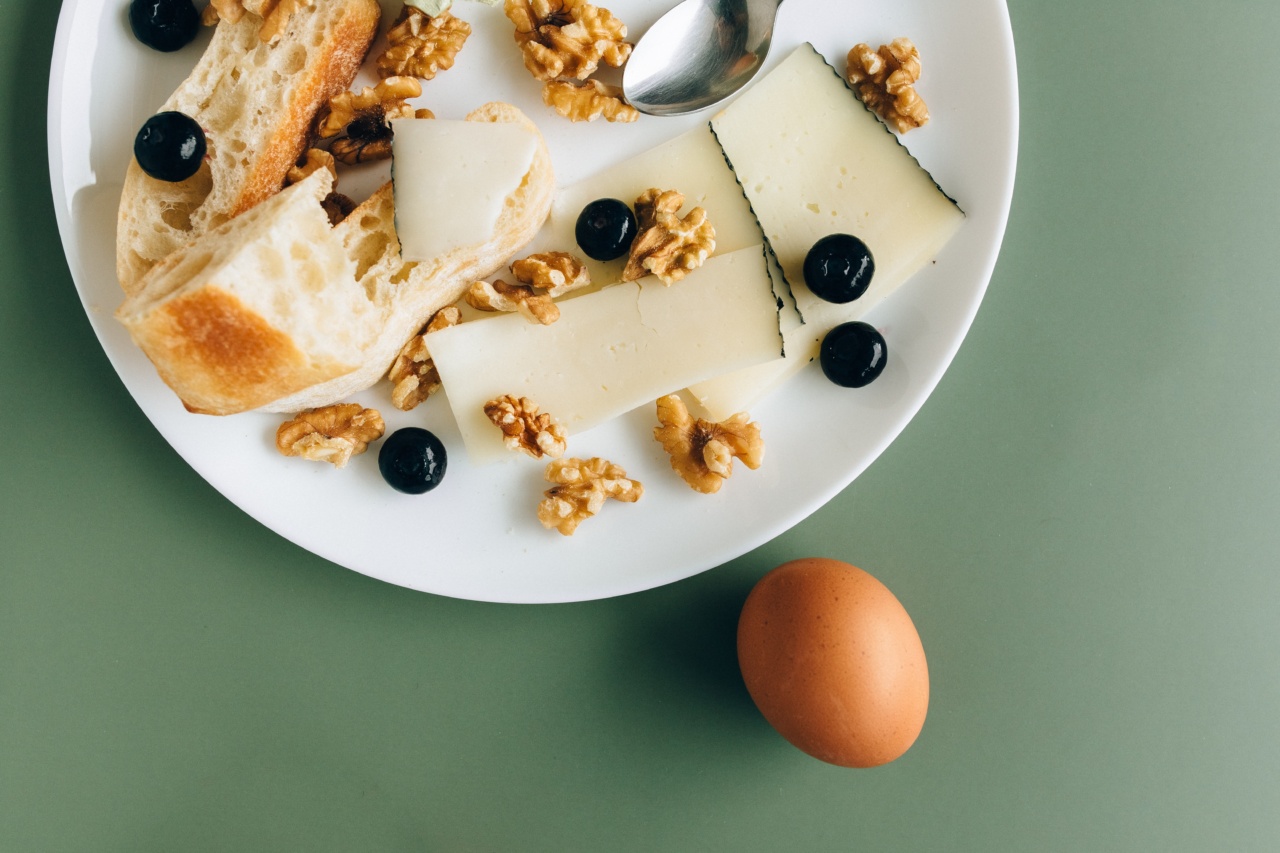Cheese is a staple item in French cuisine. France is home to over 400 types of cheese, covering all varieties of flavors, textures, and shapes. From soft to hard, aged to fresh, and mild to pungent, there is a cheese to suit every preference.
The appreciation for cheese in France is evident from the existence of cheese courses in the traditional French meal. In this comprehensive guide, we’ll explore some of the most famous French cheeses and how to pair them with food and wine.
Brie de Meaux
Brie de Meaux is a soft cow’s milk cheese with a pale-yellow rind. It is named after the town of Meaux in the Brie region of France. It is known for its subtle aroma and buttery flavor with a hint of earthiness.
Pair it with a baguette and a glass of red Burgundy wine for a classic French experience.
Camembert
Camembert is a soft, creamy cheese named after the town of Camembert in Normandy. It has a strong smell, but its taste is mild and creamy. Camembert is perfect for a cheese plate when paired with sliced apples and toasted walnuts.
Pair it with a French cider or sparkling wine to complete the experience.
Roquefort
Roquefort is a blue cheese made from sheep’s milk and aged in the caves of Roquefort-sur-Soulzon. It is known for its sharp, tangy flavor and blue veins. Pair Roquefort with pears or figs or crumble it over a salad for added flavor and texture.
Pair it with a full-bodied red wine, such as a Cabernet Sauvignon.
Comté
Comté is a hard cheese made from unpasteurized cow’s milk in the Jura Mountains. It has a nutty flavor and a distinct fruity aftertaste. Pair it with fresh fruits such as grapes or cherries.
Comté also pairs well with a crisp white wine, such as a Chardonnay or Sauvignon Blanc.
Bleu d’Auvergne
Bleu d’Auvergne is a blue cheese made from cow’s milk in the Auvergne region of France. It has a creamy texture and a strong, salty flavor. Pair it with honey or maple syrup to balance out the saltiness.
Bleu d’Auvergne pairs well with a light red wine, such as a Pinot Noir.
Mimolette
Mimolette is a hard cheese with an orange rind and a nutty flavor. It is named after the city of Lille in the north of France. The cheese’s unique appearance makes it a great addition to a cheese plate.
Pair it with a light beer, such as a Pilsner or Lager.
Munster
Munster is a soft, washed-rind cheese made from cow’s milk in the Alsace region. It has a pungent aroma and a creamy texture. Pair it with potatoes or sausage for a hearty comfort food meal.
Munster pairs well with a dry white wine, such as a Riesling or Gewürztraminer.
Tomme de Savoie
Tomme de Savoie is a semi-hard cheese with a gray rind and a nutty flavor. It is made from unpasteurized cow’s milk in the Savoie region of France. Pair it with charcuterie, such as cured meats, for a savory snack.
Tomme de Savoie pairs well with a light red wine, such as a Beaujolais or Gamay.
Reblochon
Reblochon is a soft cheese with a velvety texture and a nutty flavor. It is made from unpasteurized cow’s milk in the Alps.
Reblochon is best enjoyed melted, on top of a baked potato or in a tartiflette, a traditional French dish made with potatoes, bacon, and cream. Pair it with a dry white wine, such as a Chablis or an unoaked Chardonnay.
Fourme d’Ambert
Fourme d’Ambert is a blue cheese made from cow’s milk in the Auvergne region. It is known for its creamy texture and mild, slightly sweet flavor compared to other blue cheeses. Pair it with fresh figs or apricots for a sweet and savory snack.
Fourme d’Ambert can be paired with a variety of wines, including a crisp white wine or even a sweet dessert wine.
Conclusion
France’s varied geography and many culinary traditions have given rise to countless types of cheese. From the soft and creamy Camembert to the hard and nutty Tomme de Savoie, French cheese has something to offer everyone.
Pair your favorite French cheeses with a selection of fruits, cured meats, and wines for an authentic French experience.































